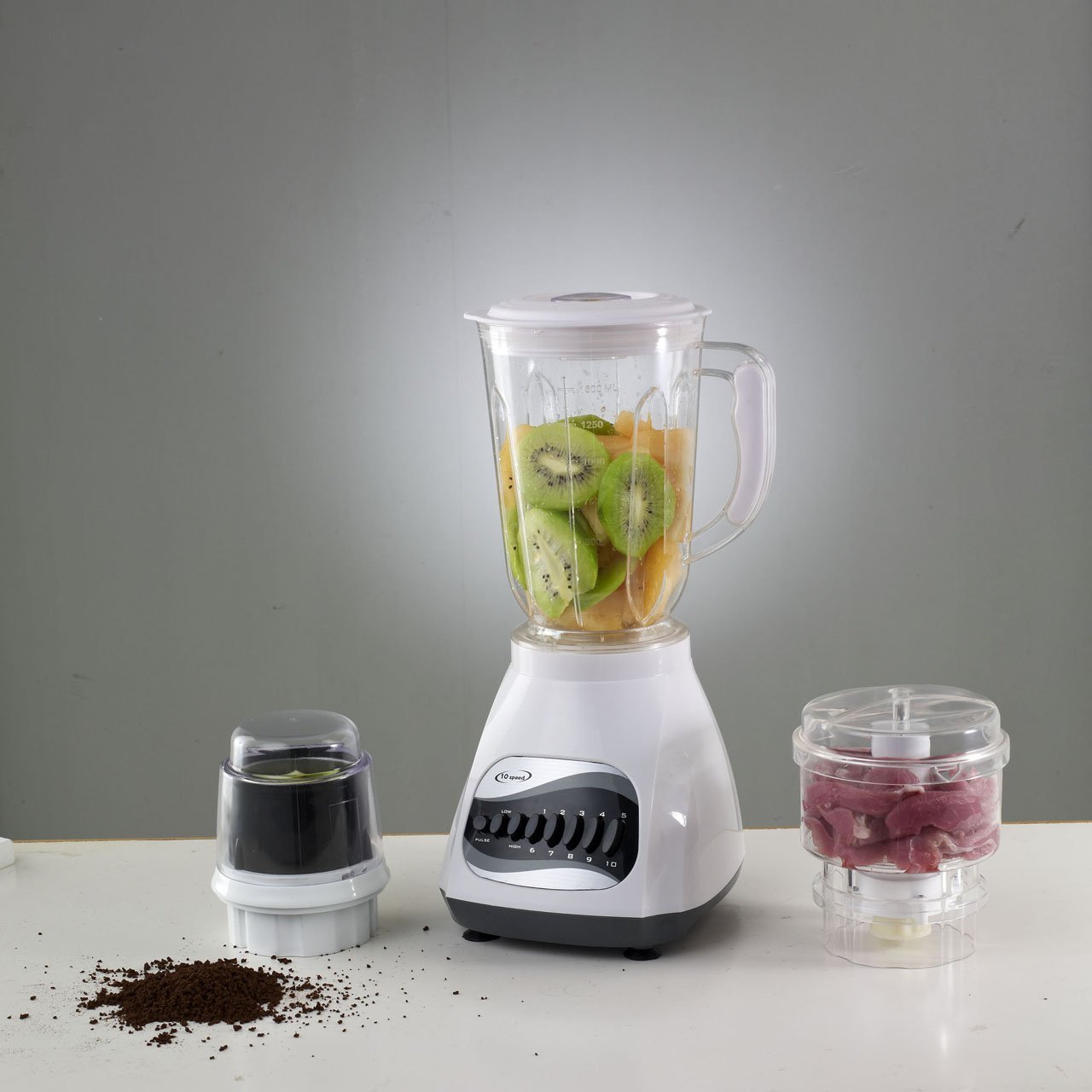Boost Your Smoothie's Fiber with This Ingredient for a Healthier Diet
While you can improve daily fiber levels with supplements, you can also increase your fiber intake naturally by adding a fiber-rich food like cauliflower to smoothies. In addition to providing a nutritious fiber boost to your diet, cauliflower offers several health benefits that support general wellness.

How Cauliflower Boosts Fiber and Improves Gut Health
Adding cauliflower to smoothies can help boost your fiber intake and improve gut health. One cup of cauliflower contains approximately 3 grams of fiber, which contributes to the recommended daily intake of 25-30 grams. Dietary fiber plays a crucial role in maintaining digestive health by promoting regular bowel movements and preventing constipation. Beyond the immediate digestive benefits, the fiber in cauliflower also functions as a prebiotic, feeding the beneficial bacteria in your gut microbiome.
The gut microbiome consists of trillions of microorganisms that influence various aspects of health, including digestion, immune function, and even mental health. By nurturing these beneficial bacteria through fiber-rich foods like cauliflower, you’re supporting a healthy gut ecosystem that can better absorb nutrients from food and protect against harmful pathogens. Regular consumption of fiber-rich smoothies containing cauliflower can lead to improved digestive regularity and reduced gastrointestinal discomfort over time.
Nutritional Profile: Low in Calories and Carbohydrates
Cauliflower is low in carbohydrates and calories, making it an ideal ingredient for those monitoring their caloric intake or following low-carb dietary plans. A cup of raw cauliflower contains only about 25 calories and 5 grams of carbohydrates, with 2 grams of those being fiber. This low-calorie, low-net-carb profile allows you to increase the volume and nutritional density of your smoothie without significantly impacting its caloric content.
Beyond its fiber content, cauliflower offers an impressive array of nutrients. It’s rich in vitamin C, vitamin K, and several B vitamins. It also contains minerals such as potassium and manganese, along with antioxidants that help combat oxidative stress and inflammation in the body. This nutritional package makes cauliflower a valuable addition to smoothies, effectively increasing their nutritional value while keeping calories in check.
Weight Management Benefits of Cauliflower in Smoothies
Cauliflower is low in carbohydrates and calories, making it suitable for weight loss or weight management efforts. The high fiber content of cauliflower contributes to increased satiety, helping you feel fuller for longer after consuming your smoothie. This satiety effect can reduce overall calorie intake throughout the day by naturally decreasing hunger and the desire to snack between meals.
Additionally, the water content of cauliflower (approximately 92%) adds volume to smoothies without adding substantial calories. This allows you to create larger, more satisfying smoothies that can replace higher-calorie meals or snacks in your diet. The combination of high fiber, high water content, and low calories makes cauliflower-enhanced smoothies an excellent tool for those looking to manage their weight while still enjoying flavorful, nutritious beverages.
Proper Preparation Techniques for Maximum Benefits
Steaming or lightly cooking cauliflower before adding it to smoothies improves digestibility and can reduce potential digestive discomfort. Raw cauliflower contains certain compounds that can cause bloating or gas in some individuals. A quick steam for 3-5 minutes breaks down these compounds while preserving most of the nutritional benefits, making the vegetable easier to digest.
After steaming, allow the cauliflower to cool completely before using it in your smoothie. Many people find it helpful to prepare cauliflower in batches by steaming florets, allowing them to cool, and then freezing them in portion-sized bags. This makes it convenient to add cauliflower to your smoothies whenever needed, without daily preparation. Frozen cauliflower also contributes to a creamier smoothie texture, often eliminating the need for ice or frozen fruits to achieve the desired consistency.
How to Incorporate Cauliflower Without Affecting Taste
One of the most appealing aspects of cauliflower as a smoothie addition is its neutral flavor profile, which allows it to blend seamlessly with fruits and other ingredients without significantly altering the taste. Start with a small amount—about ¼ cup of steamed, cooled cauliflower—and gradually increase to ½ cup or more as you become accustomed to its presence in your smoothies.
Cauliflower pairs particularly well with stronger flavors like berry blends, chocolate (via cacao powder), or tropical fruits like pineapple and mango. These flavors easily mask any subtle vegetable notes from the cauliflower. Additionally, ingredients like vanilla extract, cinnamon, or a small amount of honey can further enhance the overall flavor profile while ensuring the cauliflower remains undetectable. For those new to vegetable smoothies, start with a higher ratio of fruits to cauliflower and adjust according to your taste preferences.
Creative Cauliflower Smoothie Recipes to Try
Experimenting with different combinations can help you find the perfect cauliflower smoothie recipe that suits your taste preferences. A basic berry cauliflower smoothie might include ½ cup of steamed, frozen cauliflower florets, 1 cup of mixed berries, a tablespoon of ground flaxseed for additional fiber, a cup of unsweetened almond milk, and a drizzle of honey if desired.
For a tropical variation, combine ½ cup of cauliflower with ½ cup of pineapple chunks, ½ a banana, a small piece of ginger, and coconut water. Those looking for a green smoothie can blend cauliflower with spinach, half an avocado, cucumber, green apple, and a squeeze of lemon juice. For a protein-rich post-workout option, add a scoop of your preferred protein powder to any of these recipes, along with the cauliflower base, for a complete meal replacement that supports muscle recovery and satiety.
This article is for informational purposes only and should not be considered medical advice. Please consult a qualified healthcare professional for personalized guidance and treatment.




